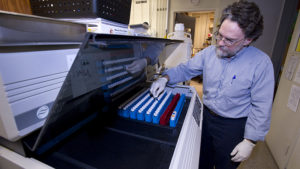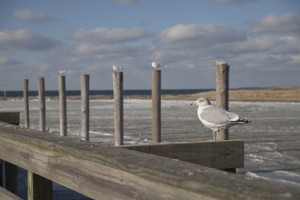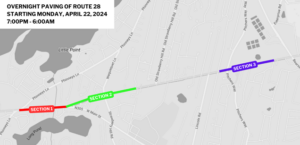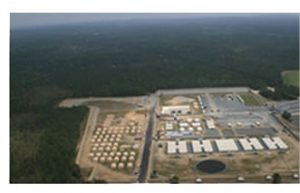
Mark Hahn
WOODS HOLE – The findings of an on-going genetic study involving researchers at the Woods Hole Oceanographic Institution was recently released, highlighting the Atlantic killfish’s ability to adapt and thrive in polluted environments.
The study looked at killfish in four east coast estuaries, including New Bedford, and found that these fish are tolerating industrial contamination concentrations up to 8,000 times higher than sensitive fish.
WHOI biologists Mark Hahn and Sibel Karchner have been studying the PCB-resistant killfish in New Bedford Harbor since 1995, and say the enzyme system which protects animals from pollutants only works for chemicals that are readily metabolized for those enzymes. Pcb’s and other pollutants are not readily broken down, which sends the response pathway into overdrive, which can ultimately harm the fish, and kill their embryos.
“The constant stimulation of this genetic response pathway is bad for them—like an overactive immune response in people,” Hahn said.
The study however showed that with the PCB resistant killfish, the response pathway stays turned off, allowing the fish to survive what would otherwise be a fatal environment.
The study lays the groundwork for future research to explore which genes confer tolerance of specific chemicals, and could eventually have human implications.
























